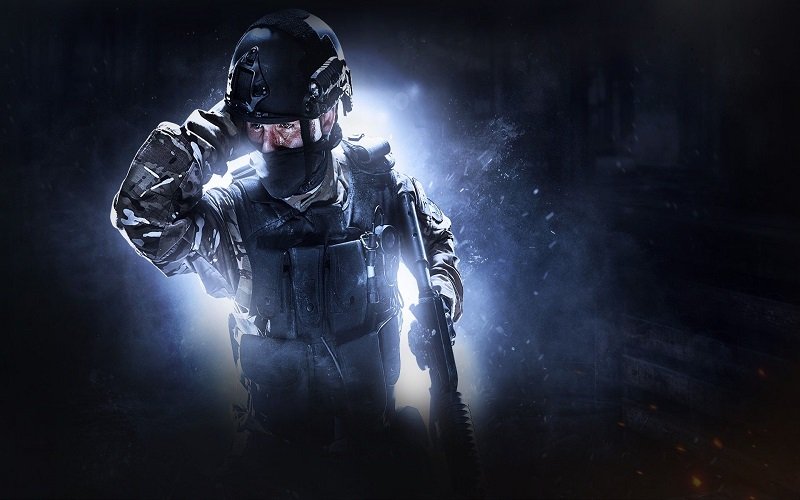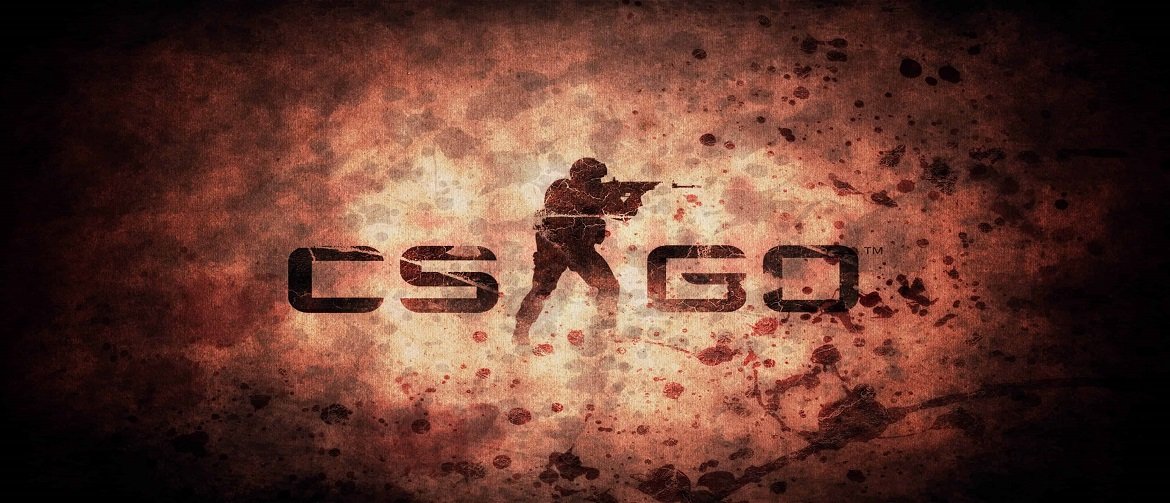The skins phenomenon has taken the gaming world by storm, transforming not only the visual landscape of games but also significantly impacting the way players engage with them. Skins, or cosmetic items, are virtual goods that change the appearance of a player’s character, weapon, or other in-game assets. They have no direct impact on gameplay, but their allure lies in their ability to customize and personalize the gaming experience.
The fascination with skins can be traced back to the early days of online gaming, when modifications (or “mods”) allowed players to alter game content by creating their own designs.

The inception of games like Counter-Strike and Team Fortress 2 introduced the concept of purchasable skins, which quickly became a sought-after commodity. As the gaming landscape evolved, the skins market expanded, with developers realizing the potential for monetization and embracing the growing demand for these virtual goods.
A Multibillion-Dollar Industry
The skins market has grown exponentially over the years, with revenues reaching staggering heights. It’s estimated that the global virtual goods market is worth around $50 billion, with a significant portion of this revenue being generated from the sale of skins.
This impressive growth can be attributed to the increasing number of games adopting the “free-to-play” model, which often relies on the sale of in-game items like skins to generate revenue.
One of the key drivers behind the skins phenomenon is the concept of rarity. Developers often create limited-edition skins or introduce them through a loot box system, fueling a sense of urgency and exclusivity among players. Consequently, some skins become highly sought-after and can fetch astronomical prices in the secondary market, with the most expensive skins being sold for thousands of dollars.
The Social Impact of Skins
The skins phenomenon has extended beyond the realm of gaming and into popular culture, shaping the way players interact with each other and perceive their in-game identity. For many gamers, owning rare or high-quality skins is a symbol of status, as they often require significant investment or skill to obtain.
Skins can also be a powerful form of self-expression, allowing players to customize their virtual persona to reflect their personal taste or emulate their favorite gaming influencers.

The skins phenomenon has fostered the growth of a thriving online community centered around the trading, buying, and selling of these virtual items. Platforms such as Steam, Reddit, and dedicated trading websites have become hotspots for players to showcase their collections, discuss the latest releases, and negotiate deals. These online spaces have cultivated a sense of camaraderie among gamers, connecting them with like-minded individuals who share their passion for skins.
Challenges and Controversies
While the skins phenomenon has had a largely positive impact on the gaming industry, it has also given rise to certain challenges and controversies. The loot box system, where players purchase a box containing an unknown assortment of in-game items, has been criticized for promoting punt behavior. Regulators in some countries have even deemed loot boxes as a form of leading to legal restrictions and game developers seeking alternative means of monetizing their products.
Furthermore, the secondary market for skins has attracted the attention of scammers and fraudsters, leading to a growing number of cases involving stolen accounts, unauthorized transactions, and fake items. As a result, developers and platform operators have been forced to implement strict security measures and establish guidelines for trading, in an effort to protect players from potential risks.
Conclusion: The Future of the Skins Phenomenon
As the gaming industry continues to grow, the skins phenomenon is expected to evolve and expand further. With advancements in technology, such as virtual reality and augmented reality, the possibilities for even more immersive and personalized gaming experiences are vast. We may witness the development of even more intricate and realistic skins, blurring the lines between the virtual and the real world.

Game developers are likely to experiment with new monetization strategies that not only cater to the demand for skins but also address the concerns surrounding loot boxes and laying. One such approach could be a “battle pass” system, where players pay a fixed price for access to a set of exclusive skins and other in-game items that can be unlocked through gameplay.
The skins phenomenon has also spurred interest in the integration of blockchain technology into gaming. This could lead to the creation of decentralized marketplaces, enabling secure and transparent trading of virtual goods. Additionally, the use of non-fungible tokens (NFTs) could provide players with true ownership and unique digital assets that can be bought, sold, or traded across different gaming platforms.
Ultimately, the future of the skins phenomenon is intertwined with the broader trends shaping the gaming industry. As long as gamers continue to seek new ways to personalize and enhance their experiences, the demand for skins and other virtual goods is likely to remain strong. Game developers, platform operators, and regulators will need to adapt and innovate in response to this ever-evolving landscape, ensuring that the benefits of the skins phenomenon are enjoyed by players while minimizing potential risks and challenges.



Comments are closed.